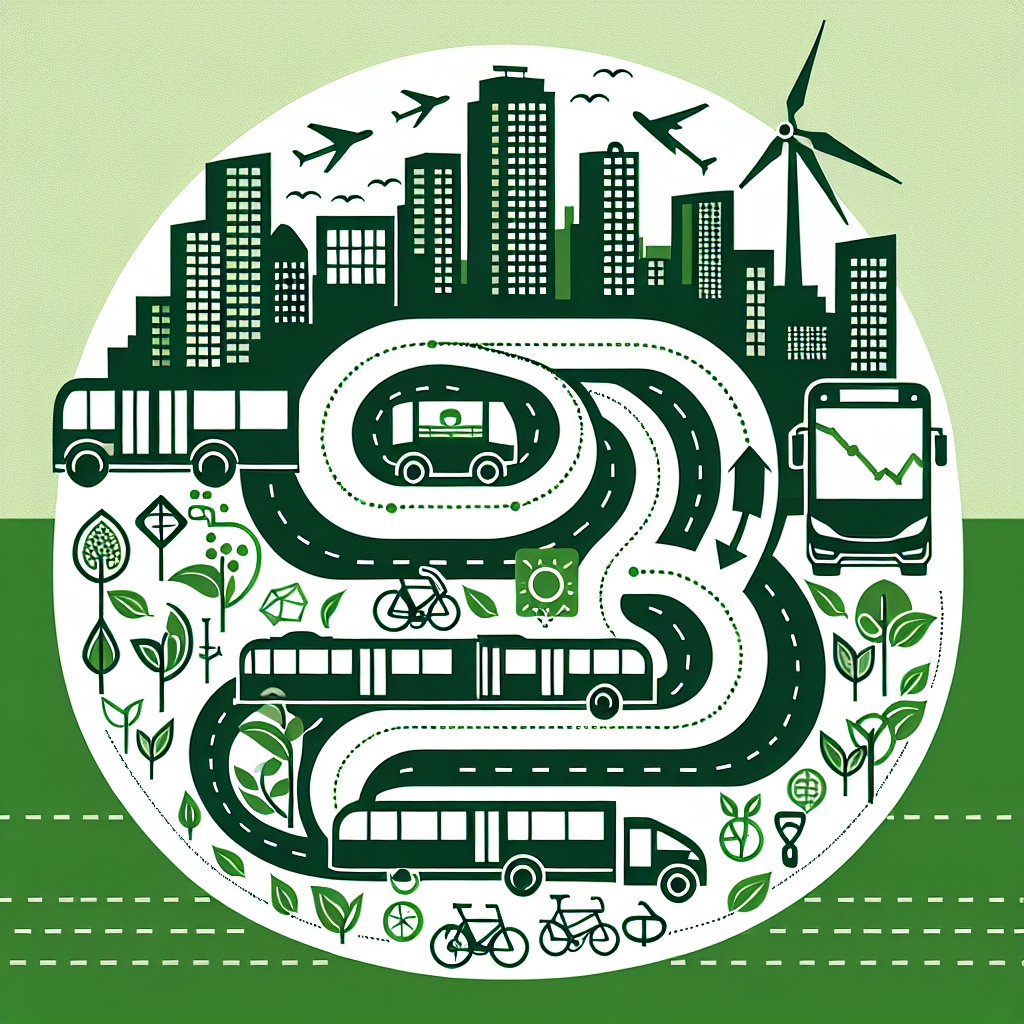We all have a role in keeping the environment clean. In Lipa-Malvar, Batangas, a new facility is demonstrating how industrial zones can manage waste more responsibly. Following circular economy principles, it turns plastic into eco-products, composts food waste, and recovers other materials for reuse.
At the heart of this initiative is LIMA Estate, a development of Aboitiz InfraCapital Economic Estates. Spanning 1,000 hectares, the estate integrates sustainability across its operations—from energy-efficient buildings to advanced waste systems. As the largest privately owned industrial estate in the Philippines, with 186 locators and 75,000 employees, it stands as a model for smart, sustainable growth.

With a 5-Star BERDE rating and PEZA registration, LIMA proves that economic progress and environmental stewardship can go hand in hand.The new sustainability hub at LIMA Estate focuses on responsible waste management, water recycling, and circular economy solutions.Its latest development highlights the estate's commitment to responsible waste management through community and stakeholder collaboration, as shared by Clifford Academia, vice president for operations of Aboitiz InfraCapital Economic Estates.
“The sustainability hub reflects our dedication to responsible waste management and circular economy principles. Through collaboration with our estate community and stakeholders, we aim to minimize environmental impact and contribute to the long-term sustainability of our region.”Key features of the hub include a greywater recycling facility with a 3.
3-cubic-meter capacity for repurposing treated wastewater for irrigation, along with a plant nursery that fosters biodiversity by cultivating 18 plant species and producing up to 15,000 propagates daily.The plant nursery grows 18 plant species and produces 15,000 propagates daily, boosting biodiversity and enriching LIMA’s green spaces.Waste management sits at the core of the hub’s operations.
A materials recovery facility handles the segregation of food, plastic, residual, and hazardous waste, while a composting facility turns one ton of food waste into 100 kilograms of compost within 24 hours. Recycled plastic waste is transformed at the eco materials facility, which produces 500 eco-bricks, 500 eco-casts, and 1,000 eco-pavers each day.The hub also benefits local communities.
Brgy. Bagong Pook received 420 kilograms of compost for its community garden, while Brgy. Luta Sur utilized 507 eco-bricks and 53 eco-casts for infrastructure projects.
Key partners were recognized for their contributions, including Aice Philippines Ice Cream Inc., Bandai Namco Philippines Inc., and Sansyu Precision Lipa, Inc.
for their plastic waste donations. Ipponyari and Flavors and Wingbites at The Outlets @ LIMA Estate were commended for their food waste contributions.At the eco materials facility, plastic waste is turned into eco-bricks, pavers, and casts.
The estate encourages businesses and individuals to adopt sustainable practices. Waste Management 101 sessions educate stakeholders, while recycled plastic green bins promote proper segregation. A Waste-to-Rewards program is also in development to incentivize eco-friendly initiatives.
Jenifer Umali, horticulturist and property manager of LIMA Estate, emphasized the importance of shared responsibility in driving sustainable progress. “We see this as a collective effort. By building a robust sustainability ecosystem, we aim to inspire others to adopt responsible practices and contribute to a better future.
This hub stands as a testament to our belief that progress and sustainability go hand in hand.”LIMA Estate, a 1,000-hectare industrial hub in Batangas, is a top destination for businesses looking to grow or set up operations in the PhilippinesIn its recent launch event of the hub, a tree-planting activity and a tour of the hub were conducted, showcasing the estate’s commitment to practical, long-term sustainability.With over 2,000 hectares of industrial development, Aboitiz InfraCapital Economic Estates continues to lead in sustainable industrial growth.
The sustainability hub is proof that progress and environmental responsibility can go hand in hand..
Top

How LIMA Estate’s sustainability hub is turning waste into opportunity

At the heart of this initiative is LIMA Estate. Spanning 1,000 hectares, the estate integrates sustainability across its operations—from energy-efficient buildings to advanced waste systems.











